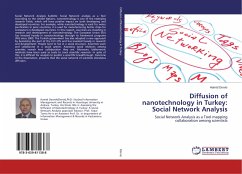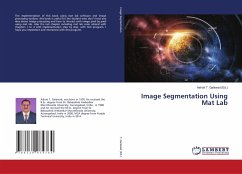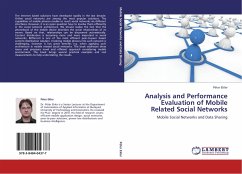Ischemic stroke is the most commonly occurring type of stroke and the most communal cause for disability and death in the world. Apart from clinical tests, a lot of research is conducted on computer based automated techniques for ischemic stroke risk estimation. Ultrasound images of the carotid artery are used in noninvasive image based methods for stroke risk estimation. Carotid artery morphology, noise and artifacts in the ultrasound images can lead to false classification. In this book, we have proposed an automatic ischemic stroke risk estimation approach using carotid intima media thickness from ultrasound images. The proposed approach automates the risk estimation process and reduces the subjectivity and operator variability. Some of stroke cases are suspected to be genetic. We have analyzed genotype data for stroke risk estimation. Ischemic stroke risk has been correlated with genetic distances using phylogenetic trees. Proposed research has addressed both the medical image analysis and genetic data analysis for stroke risk estimation. The proposed approach has achieved higher accuracy, specificity and sensitivity values when compared to existing approaches.
Bitte wählen Sie Ihr Anliegen aus.
Rechnungen
Retourenschein anfordern
Bestellstatus
Storno








